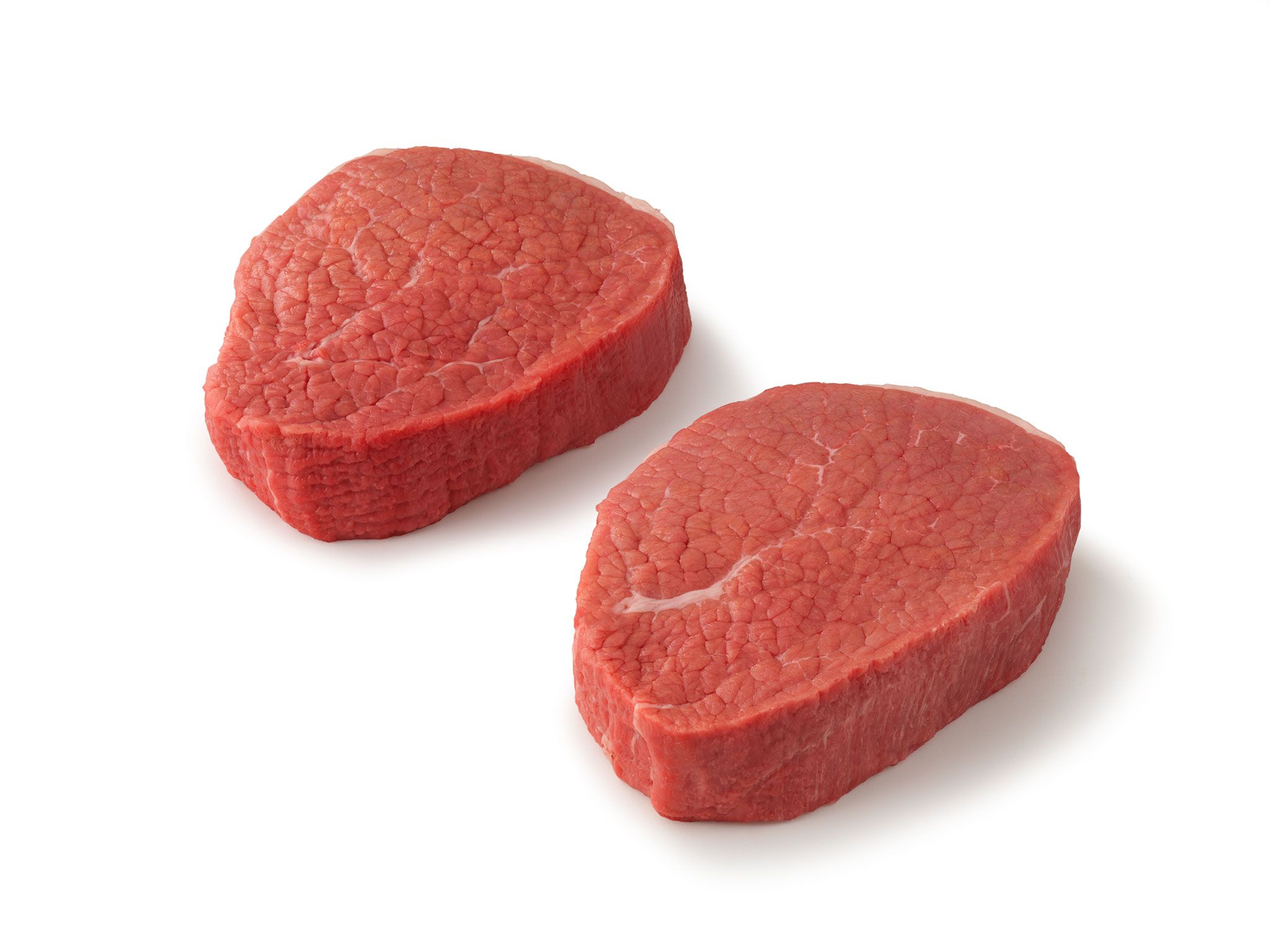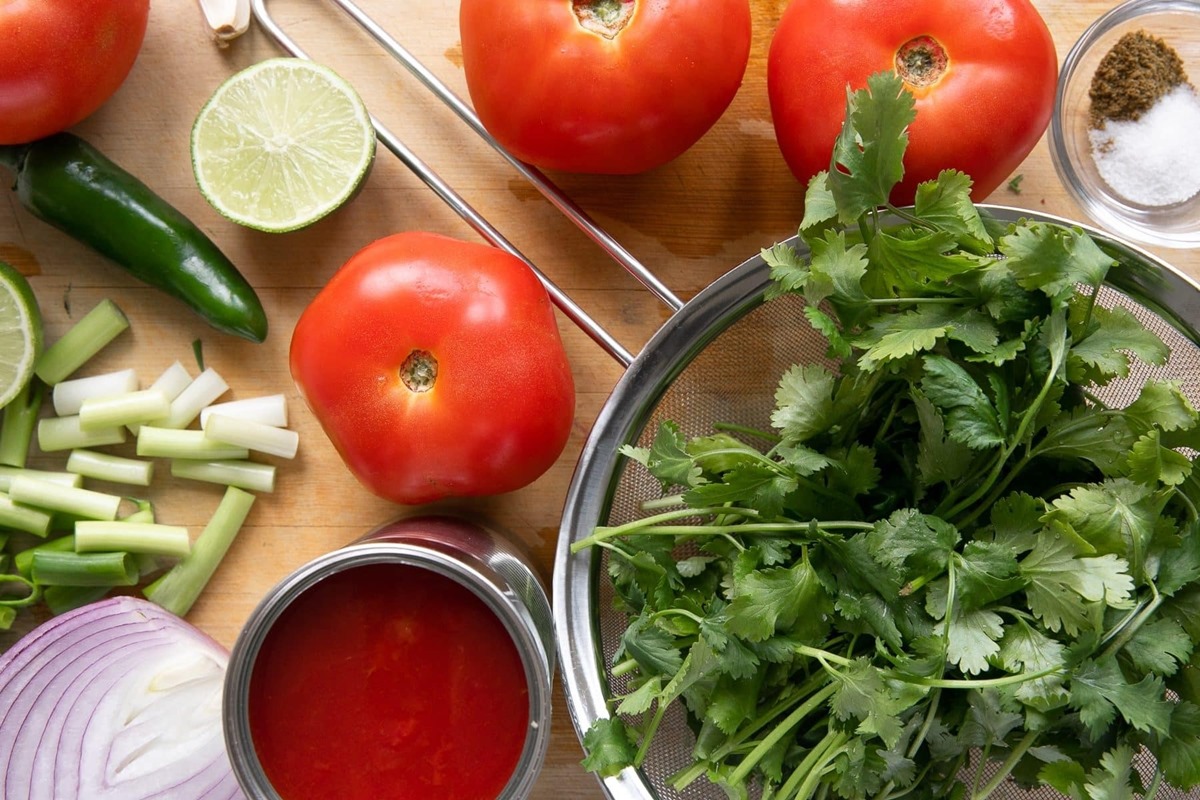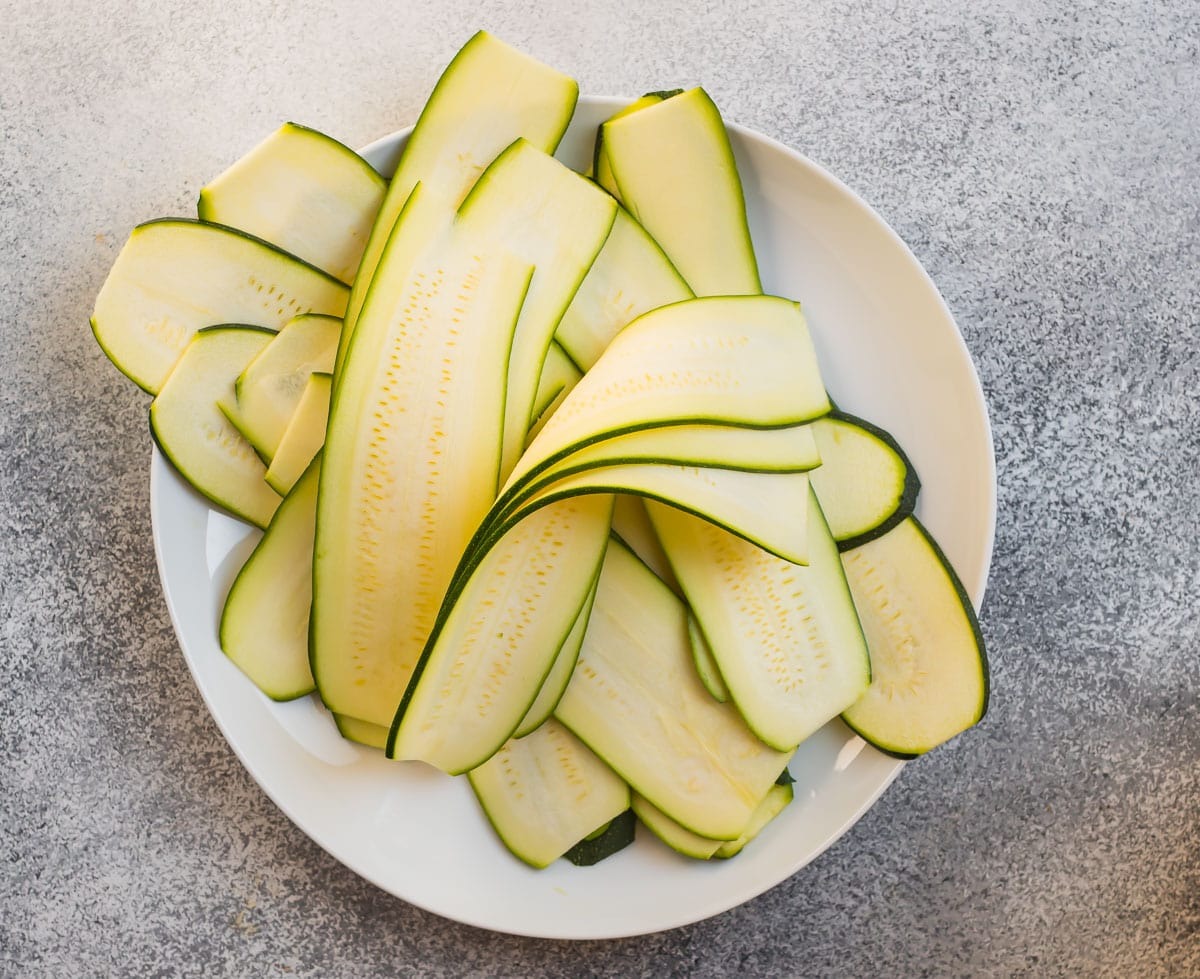How To Cut Chinese Eggplant
Chinese eggplant is a versatile and delicious ingredient that can be used in a variety of dishes. Whether you are a seasoned chef or a beginner in the kitchen, knowing the proper technique for cutting Chinese eggplant is essential to achieving the best results. In this article, we will guide you through the steps of cutting Chinese eggplant like a pro.
Step 1: Gather your tools
Before you start, make sure you have the necessary tools. You will need a sharp knife, a cutting board, and a bowl or plate to hold the sliced eggplant.
Step 2: Wash and dry the eggplant
Give the Chinese eggplant a thorough rinse under cool water. Pat it dry with a clean kitchen towel or paper towel.
Step 3: Remove the ends
Using your sharp knife, trim off the stem and blossom ends of the Chinese eggplant. Discard these pieces.
Step 4: Decide on the shape
Consider the recipe you will be making and decide on the desired shape of the eggplant. Chinese eggplant can be cut into rounds, cubes, or slices. Choose the shape that best suits your dish.
Step 5: Slice it up
If you prefer rounds, place the Chinese eggplant on the cutting board and slice it into discs of your desired thickness. For cubes, cut the eggplant into rounds first and then slice each round into strips. Finally, cut the strips into cubes. If you want slices, simply cut the eggplant into thin lengthwise strips.
Step 6: Keep it consistent
It is important to maintain consistent thickness throughout your slices or cubes to ensure even cooking. This will result in a better texture and presentation in your final dish.
Step 7: Soak in water (optional)
If you are planning to deep fry or sauté the Chinese eggplant, you may want to soak the slices or cubes in water for a few minutes. This helps to remove any bitterness and prevents the eggplant from absorbing too much oil.
Step 8: Use as desired
Your perfectly cut Chinese eggplant is now ready to be used in your favorite recipes. Whether you plan to stir-fry it, add it to a curry, or incorporate it into a delicious stir-fry, the possibilities are endless.
Now that you have mastered the art of cutting Chinese eggplant, you can confidently prepare an array of mouthwatering dishes. Remember, practice makes perfect, so don’t be afraid to experiment and try out different techniques to find what works best for you. Enjoy cooking with this versatile vegetable!
For those eager to put their newly acquired eggplant cutting skills to use, a few recipes stand out as must-tries. Begin with the Spicy Szechuan Eggplant for a kick of bold flavors that perfectly complement the tender texture of Chinese eggplant. If you prefer something hearty yet vegetarian, the Eggplant and Tofu Stir-Fry is an excellent choice, combining the richness of tofu with the delicate taste of eggplant. For a vibrant and colorful dish, the Eggplant and Bell Pepper Stir-Fry offers a delightful mix of textures and flavors. Lastly, the Eggplant and Potato Curry provides a comforting and aromatic meal that's perfect for any occasion. These recipes not only showcase the versatility of Chinese eggplant but also ensure that each dish is a culinary delight.
Was this page helpful?
Read Next: How To Cut Bunny Apples











